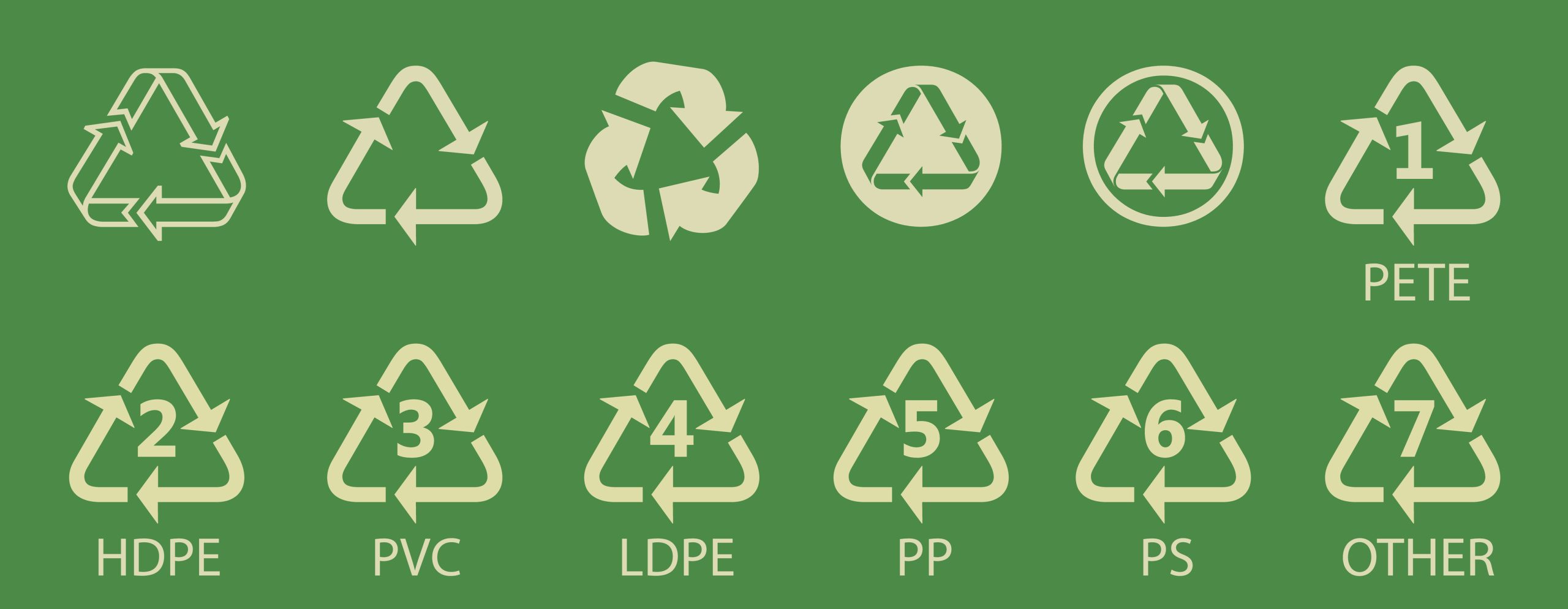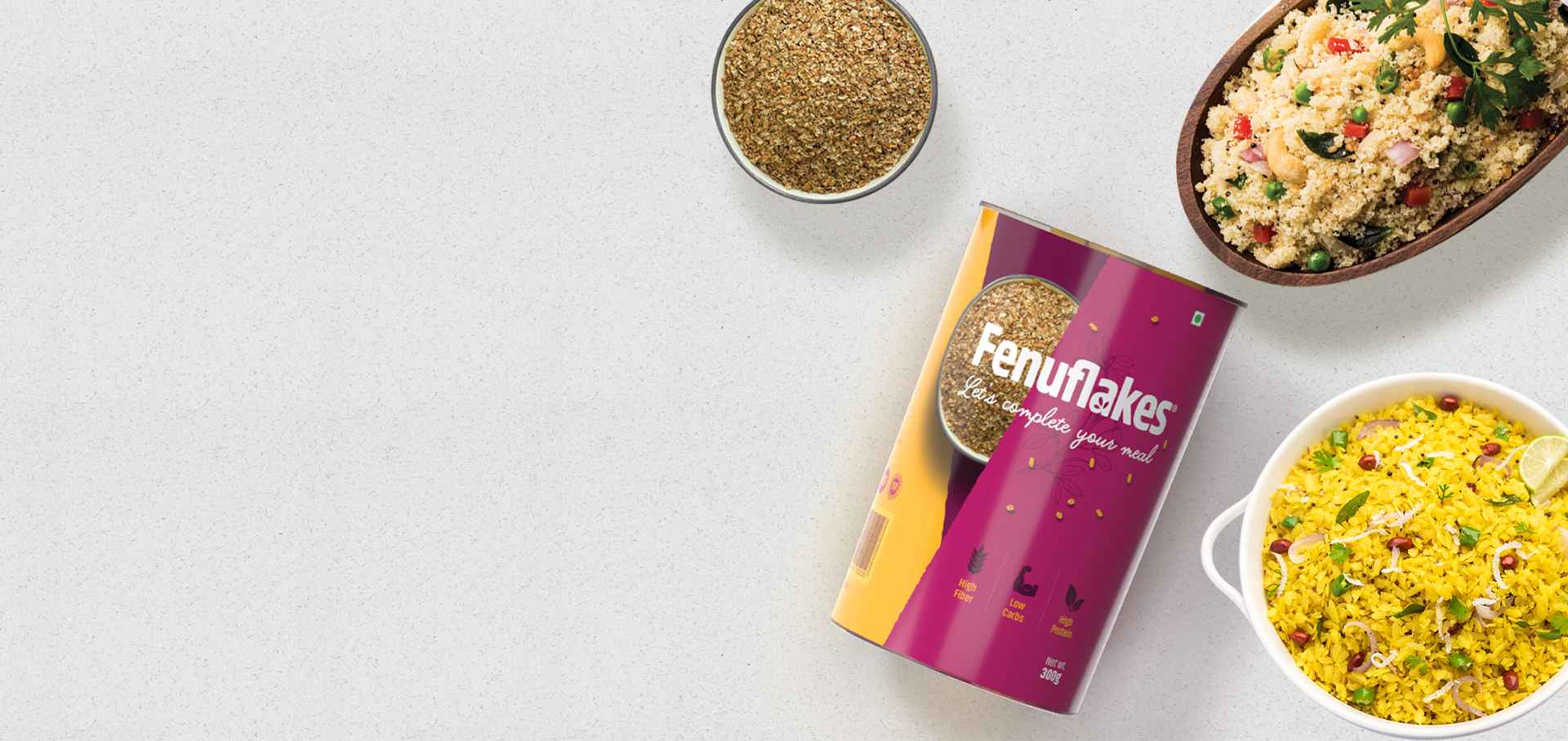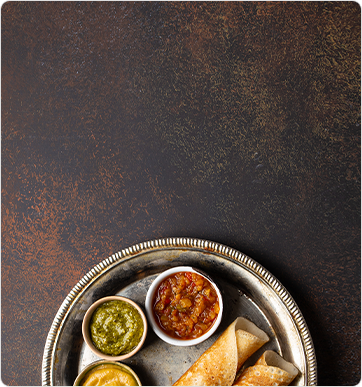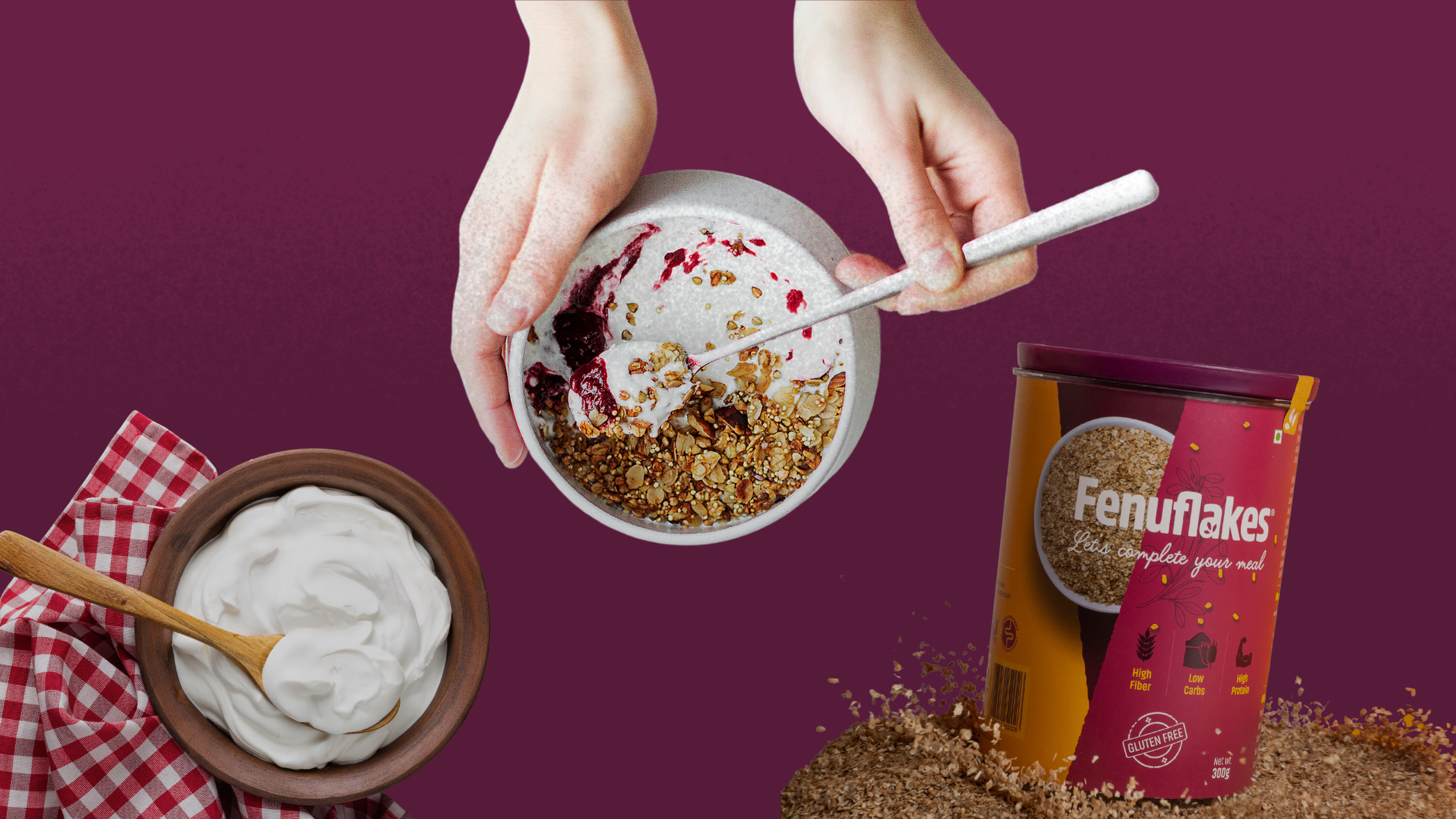June 22, 2023 | By fenuflakes | 0 Comments
Are any of the number 7 plastics safe?
PLASTIC. It surrounds us. Our devices, utensils, containers, toys, packaging, and so on. The applications are innumerable and unavoidable. But the doubts about its safety sets in majorly when it is used for storing and packaging of food and drinks. Numerous questions regarding safety and standards run through our minds. However, plastics play a crucial role in our modern society, especially when it comes to the packaging of food and beverages. Understanding food grade plastic is one way to know the quality and safety of the plastic used for packaging or as containers.
Understanding Food Grade Plastic

Plastic codes, also known as resin identification codes, are symbols placed on plastic products to identify the type of plastic resin used in their manufacturing. Understanding these codes is essential for making informed decisions about food packaging. Let’s take a closer look at the different plastic codes commonly used:
- Polyethylene Terephthalate (PET) – Code 1: PET is a lightweight, transparent, and sturdy plastic commonly used for single-use beverage bottles, food containers, and polyester fibers.
- High-Density Polyethylene (HDPE) – Code 2: HDPE is a rigid and versatile plastic used for milk jugs, detergent bottles, and various food containers. It is known for its excellent strength and chemical resistance.
- Polyvinyl Chloride (PVC) – Code 3: PVC is a versatile plastic known for its durability and resistance to chemicals. It is used in pipes, cables, and some food packaging, but its use for food containers is limited due to concerns about the potential leaching of chemicals.
- Low-Density Polyethylene (LDPE) – Code 4: LDPE is a flexible and lightweight plastic used for squeezable bottles, plastic bags, and food wraps. It is known for its excellent moisture resistance.
- Polypropylene (PP) – Code 5: PP is a robust and heat-resistant plastic used in food containers, yoghurt cups, and bottle caps. It is known for its high melting point and ability to withstand elevated temperatures.
- Polystyrene (PS) – Code 6: PS is a rigid and brittle plastic commonly used in disposable cups, food packaging, and foam products. However, there are concerns about its potential environmental impact and potential release of toxic substances.
- Other – Code 7: Code 7 encompasses several types of plastic resins not covered by the previous codes. This category includes polycarbonate (PC), which is commonly used in water bottles, baby bottles, and food storage containers.
Is Number 7 Plastic Food Safe?
Food grade plastic code 7 encompasses a range of plastic resins that are not specifically categorized under codes 1 to 6. These resins, including polycarbonate (PC), have diverse applications in food packaging and other industries. It is crucial to make informed decisions based on accurate information when it comes to food grade plastic code 7. While concerns and misconceptions exist, it is important to consider the broader context:
Potential risks and concerns:
While food grade plastic code 7 is considered safe for food packaging, there have been concerns raised regarding certain constituents, such as bisphenol A (BPA), that may be present in specific resins, including polycarbonate (PC). BPA is a chemical that has been linked to potential health risks, particularly in high levels of exposure. However, it’s important to note that not all code 7 plastics contain BPA, and there are alternatives available, such as BPA-free resins.
Mitigation measures and industry standards:
To address potential risks, regulatory bodies and industry organizations have implemented mitigation measures and established standards. For example, the FDA has set limits on the migration of substances, including BPA, from food packaging materials to ensure their safety. Manufacturers also employ testing protocols and quality control measures to ensure that their products comply with these regulations and industry standards.
But why are we suddenly focusing on food grade plastic? Because we care. Let’s talk about the packaging for Fenuflakes. What do we use? Is it safe? Let’s dive in:
Food grade plastic used for Fenuflakes
Relpet G5801 is a bottle grade PET resin manufactured by Reliance Industries Limited using DuPont’s technology. It is a code 7 copolymer PET, which is a strand of Polyethylene Terephthalate (PET) that is recyclable. PET is a widely used BPA-free plastic material known for its versatility and numerous applications. As per the product datasheet here are a few more details:
Features of Relpet G5801:
- Good processability
- Excellent clarity or gloss
- Properties are balanced for a wide range of general-purpose utilization.
Application:
- Packaging for various foods and beverages
- Containers for FMCG such as cosmetics, hair oil, disinfectants
- Pharmaceuticals
- APET sheet and PET strapping
Certification:
- Compliance with FDA regulation 21 CFR Section 177.1630
One of the key regulations governing this area is the U.S. Food and Drug Administration (FDA) regulation 21 CFR Section 177.1630. This regulation establishes specific requirements and standards for the safe use of polymers in contact with food.
- Importance of ISO 22000 certification in ensuring safety
ISO 22000 is a globally recognized certification for food safety management systems (FSMS). This certification ensures that the manufacturing process of food grade plastic follows stringent protocols, controls, and documentation to mitigate potential risks and ensure the safety of the end product.
Other Symbols and Indications on Fenuflakes’ Container
Food grade plastic containers often feature additional symbols that convey valuable information about their usage and suitability. Let’s explore some of these symbols found on Fenuflakes’ container:
Snowflakes (indicating freezer-safe or suitable for freezing):

The presence of snowflakes symbolizes that the plastic container is designed to withstand freezing temperatures without compromising its structural integrity. This symbol assures consumers that they can safely store the container in the freezer, preserving the quality and freshness of the contents. Freezer-safe containers are essential for storing frozen foods, ice cream, and other perishable items.
Cup and fork symbol (indicating that the container is suitable for food contact):

The cup and fork symbol is a universally recognized indication that the plastic container is suitable for direct food contact. It assures consumers that the material used in the container’s construction has undergone testing and meets safety standards for coming into contact with food. This symbol provides confidence that the container is designed specifically for food packaging purposes and is safe for storing edible items.
Dishes in water symbol (indicating dishwasher-safe):

The dishes in water symbol depicts dishes being immersed in water, representing that the plastic container is dishwasher safe. This symbol assures consumers that the container can be safely placed in a dishwasher for convenient and hygienic cleaning. Dishwasher-safe containers are designed to withstand the heat and water pressure of dishwasher cycles without warping, cracking, or experiencing any adverse effects.
Understanding these symbols on food grade plastic containers is important for ensuring proper usage and maintaining the safety and integrity of the product. By adhering to the guidelines conveyed by these symbols, consumers can make informed decisions about the handling, storage, and cleaning of their plastic containers.
Takeaway
Throughout this blog, we have explored the topic of food grade plastic code 7 and its significance in food packaging. Let’s recap the key points covered:
- Food grade plastic plays a crucial role in ensuring the safety and quality of packaged food products.
- Different plastic codes (1-7) are used for various purposes, with each code representing specific characteristics and applications.
- Food grade plastic code 7 used for Fenuflakes encompasses the bottle grade PET resin manufactured using DuPont’s technology and is widely used in the food and beverage, FMCG, pharmaceutical, and packaging industries.
Readers need to make informed choices about food grade based on reliable information. By understanding the regulations, considering the context, and dispelling misconceptions, we all can confidently assess the safety and suitability of these materials for their specific needs.
References
- https://www.palmetto-industries.com/safe-food-grade-plastic/
- https://www.acmeplastics.com/content/the-ultimate-guide-to-food-grade-and-food-safe-plastics/
- https://www.indiastudychannel.com/resources/168469-How-to-check-whether-the-plastic-container-is-food-grade.aspx
- https://www.iso.org/iso-22000-food-safety-management.html
- https://www.accessdata.fda.gov/scripts/cdrh/cfdocs/cfcfr/cfrsearch.cfm?fr=177.1630
- https://www.ril.com/DownloadFiles/py_rpt_g5801_spec.pdf
Related Blogs
How Your Body Breaks Down and Uses Food

Help feed
your hunger.

Submit your recipe on Fenuflakes®
Understanding the Digestive System
How Fiber Supplements Improve Digestion
The Power of Prebiotics and Probiotics for Gut Health
Join Our Club to Get Offers & Updates
Lorem Ipsum is simply dummy text of the printing and typesetting industry. Lorem Ipsum has been the industry’s standard dummy text ever since the 1500s, when an unknown printer took a galley of type and scrambled it to make a type specimen book.
standard dummy text ever since the 1500s, when an unknown printer took a galley of type and scrambled it to make a type specimen book.

